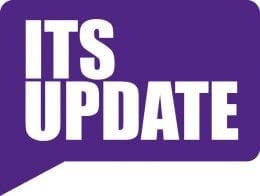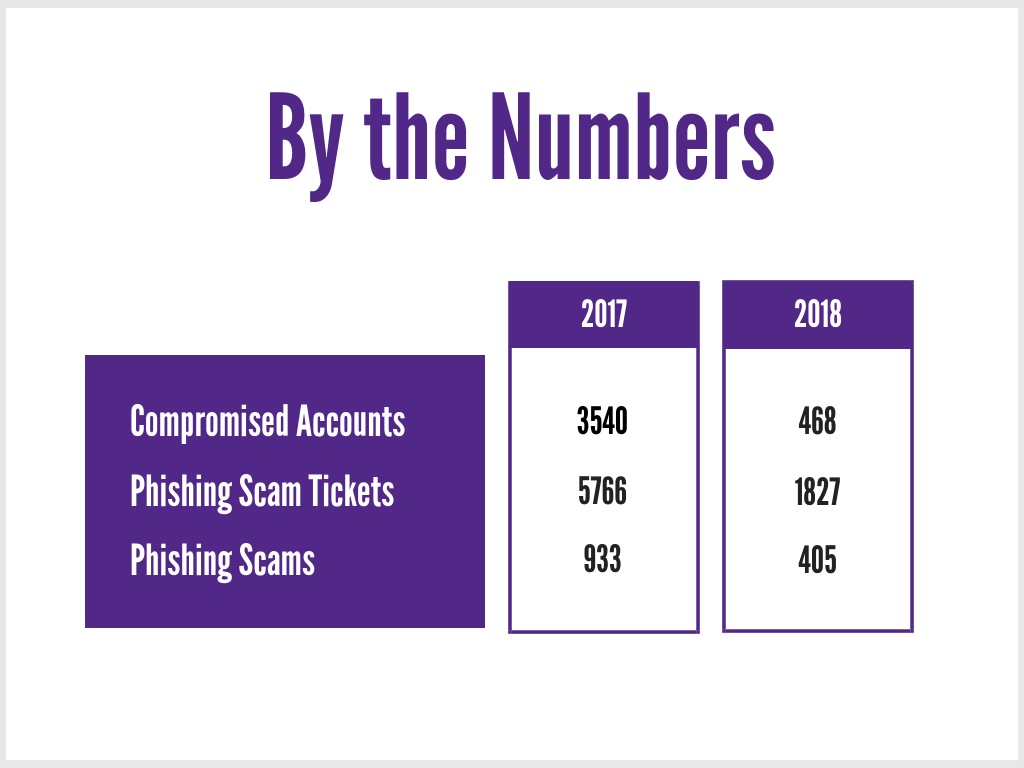 Enterprise Architecture 2.0 and Planning – Planning for the K-State Enterprise Architecture 2.0 (data center, enterprise applications, networking, etc.) remains the top priority for ITS, with a goal to relocate systems and services from Hale Library in the next 18-24 months. We have been meeting with consultants, distributed IT, and ITS staff to plan for an inclusive architecture that combines on premise and public/private cloud computing. Within this framework, we will be using terms like infrastructure as a service, platform as a service, application and/or software as a service. Definitions of each and more will be shared in the coming months.
Enterprise Architecture 2.0 and Planning – Planning for the K-State Enterprise Architecture 2.0 (data center, enterprise applications, networking, etc.) remains the top priority for ITS, with a goal to relocate systems and services from Hale Library in the next 18-24 months. We have been meeting with consultants, distributed IT, and ITS staff to plan for an inclusive architecture that combines on premise and public/private cloud computing. Within this framework, we will be using terms like infrastructure as a service, platform as a service, application and/or software as a service. Definitions of each and more will be shared in the coming months. Speaking of cloud, ITS is maintaining HRIS in the cloud. As part of our business continuity process, KSIS has been staged in AWS.
KSIS
Gary Pratt, CIO continues listening tours with the K-State community regarding our future ERP environment. For more information, see the ERP Task Force website.
ITS is building a Disaster Recovery/Business Continuity Plan using Boldplanning, a system available from the State of Kansas.
In September, an extended IT leadership team with representatives from across campus drafted the IT strategic plan.The team is reviewing the plan and will share with IT staff at their retreat in mid-October and the campus during fall semester. The process was facilitated by the Plante Moran consulting firm.
An auditor contracted by the State of Kansas conducted the annual review of the security aspects of our financial systems on Sept. 19-21. Systems under review were payroll (HRIS), Student Financial Aid (KSIS), and FIS.
Service Locations – ITS and K-State Libraries continue to evaluate the service locations offered to students, faculty and staff. Recently, we added a printer to the K-State Student Union. We are in the process of purchasing and installing more computers on the first floor of the Union. Use this link to give feedback for improvements to service locations.K-State Libraries, SGA and the Media Center created a short video to inform campus about service locations, visit https://www.k-state.edu/hale/
Cybersecurity Awareness Month – Cybersecurity Awareness month kicked off with The State of IT security presentation given by Chad Currier, CISO. Articles will appear in K-State Today throughout the month. Posters developed by ITS staff and students in COMM526 Persuasion, are showing throughout campus and on digital signage. Shred day is October 24.
On Oct 31, Currier will facilitate a conversation entitled, Dark Tales from the Net, horror stories about sharing too much information online.
Cybersecurity training was sent to 6,000 campus employees on Thursday, October 4. To date, more than 12% have completed the training.
Last year, ITS piloted two-factor authentication (2FA) adding a second layer of security for K-State’s online applications and services. To date, more than 300 K-Staters are using 2FA to sign into systems. For 2FA, K-Staters use their password for their first factor of authentication. For the second factor of authentication, participants use something they have: smartphone, chip, or token.
